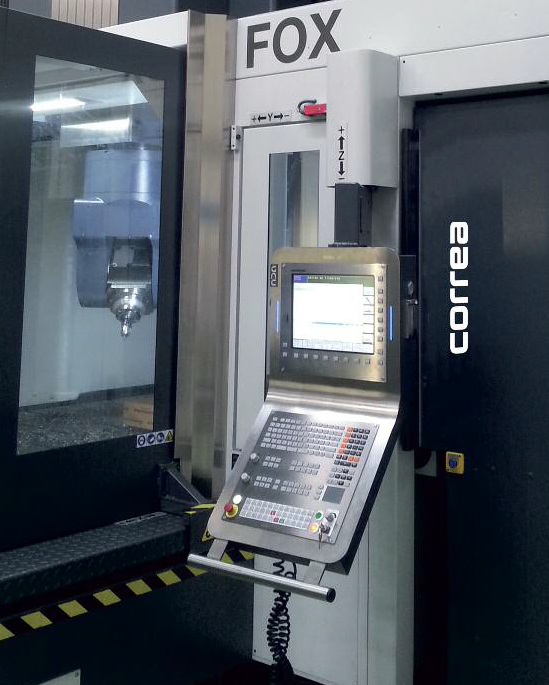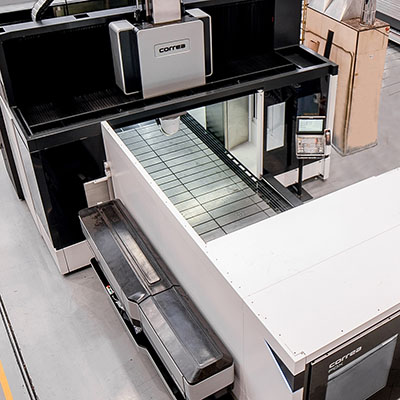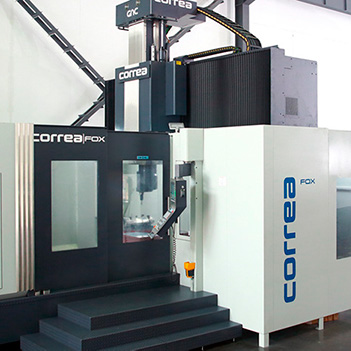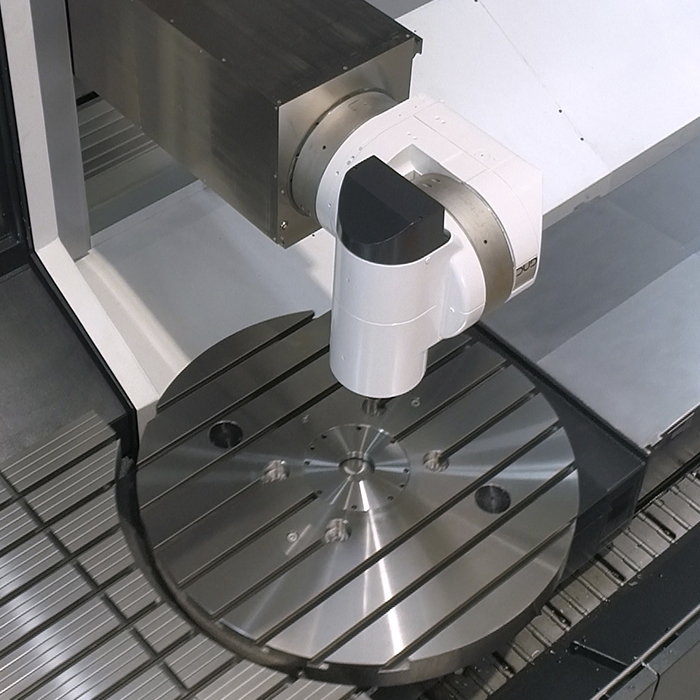Milling Machine History: What do you know about the first CNC in history?

As well as it happened with the first milling machine in history, the first Computer Numerical Control (CNC) was developed by the North American inventor John T. Parsons in the 40s. Parsons’ concept was based on the use of data in a reference system in order to define the contour surfaces of helicopters’ screws. The Computer Numerical Control has a high presence in the Machine -Tool sector allowing digitalization of some of machining process. But, why did a CNC system become so relevant in this sector? CNC allows the control of a tool relative position in relation to the machining part. Moreover, this system integrated other innovations such as lineal interpolation functions or automatic tool changers developing a new type of machine known as “Machining Centre”.
The incorporation of the numerical control in Correa’s machines took place in 1987 with the model A-30. Thanks to its large size; it was able to machine larger parts. Nicolás Correa milling machine range counts with integrated numerical control allowing the automatization of work process. Among the different programmer languages available on the market, our milling machines use the International ISO language and the Heidenhain and Siemens codes.
From this moment, Nicolás Correa began an ambitious project for the development and optimization of its PLC in 4 different guidelines:
- Improvement of machine availability with more than 100 diagnosis screens enabling our maintenance team to rapidly identify and resolve any potential problems.
- Easy machine interruption management, in case of shut-down, making easier the operator work.
- Design and integration of manufacture’s own cycles in the CNC for a proper use of machine by the operator.
- Machine preparation for tele diagnosis system and cloud connectivity. This specification allows customers to improve the production management and the development of maintenance predictive models for the future.












